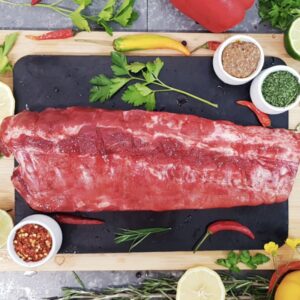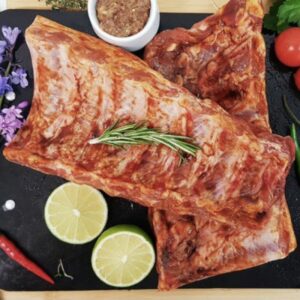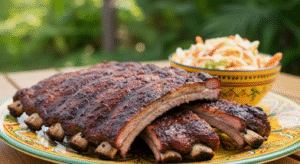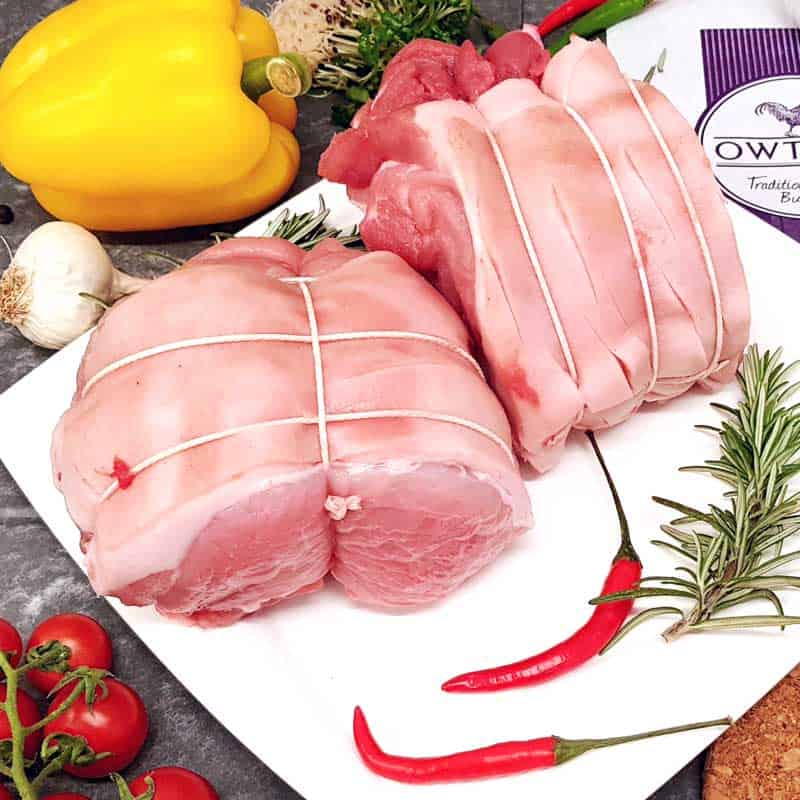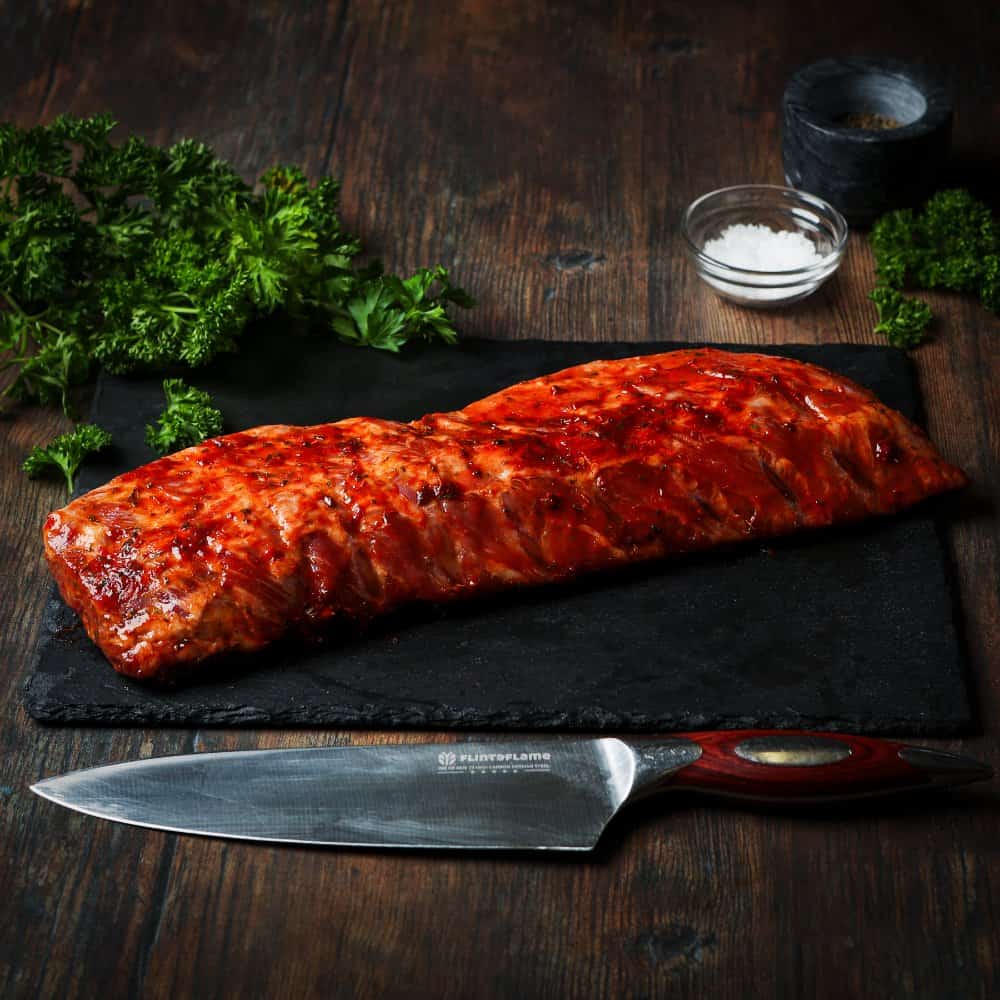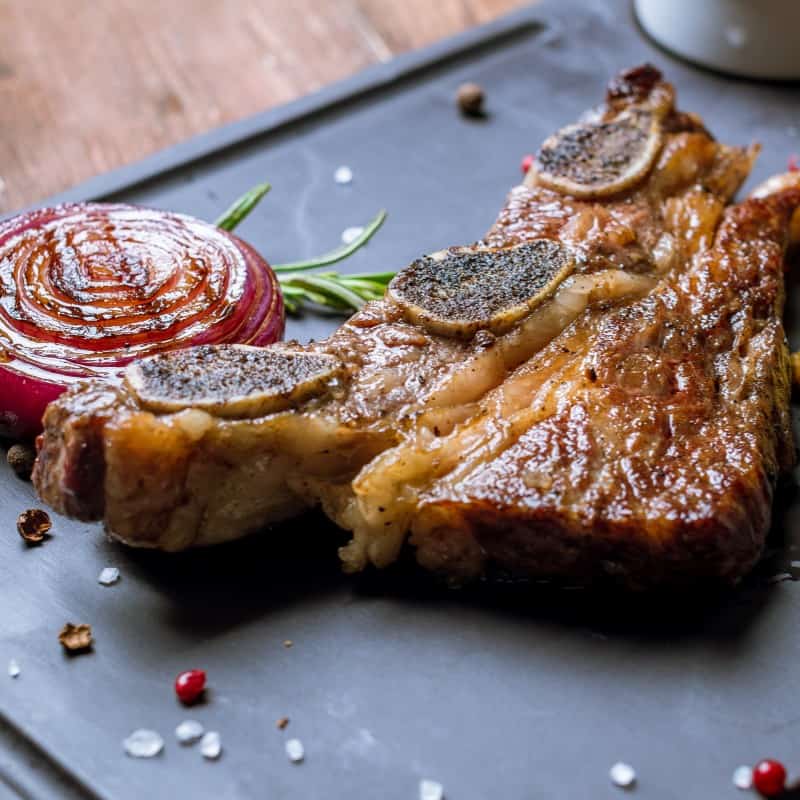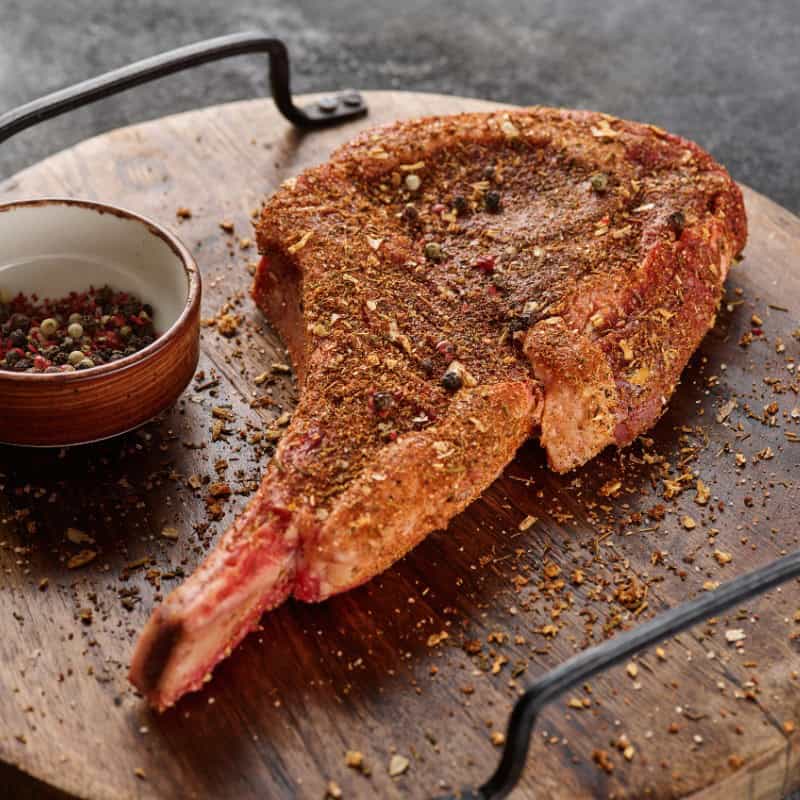Pork Ribs
For succulent, flavour-packed pork ribs, Owton’s has you covered. Sourced from trusted South Coast farms and expertly butchered, our range of pork ribs are carefully prepared to ensure tender, juicy meat with the perfect balance of fat for incredible flavour. Perfect for grilling, smoking, or slow roasting, they’re a staple for everything from back garden barbecues to hearty, comforting meals. Order online today, and we’ll deliver fresh, high-quality pork ribs straight to your door!
What Our Customers Think
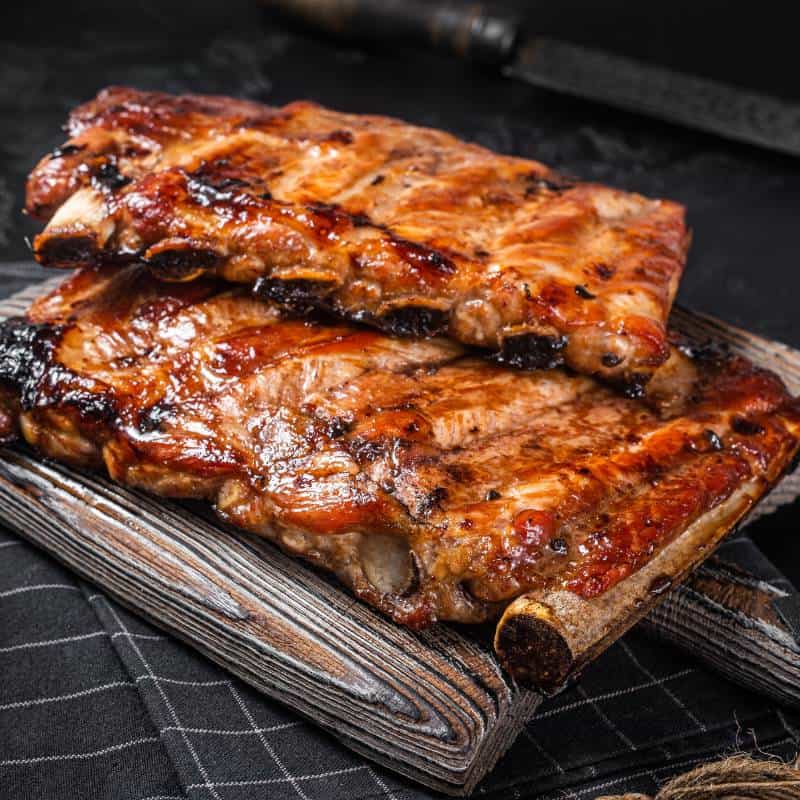
Ribs Worth Getting Your Hands Messy For!
Butcher’s Tip! As butchers, we love using pork ribs because they soak up flavours beautifully, whether marinated in a Chinese glaze, dry-rubbed, or basted with a rich barbecue sauce. Slow-cook the ribs at a low temperature (around 120-140°C or 250-300°F) for several hours to break down the connective tissue, making the meat tender and juicy. Want more information on pork ribs? See our dedicated pork cuts guide!
Owton’s delivers across England, Scotland and Wales, using our own refrigerated vans for local areas and DPD for nationwide orders. With next-day delivery available (subject to availability) and chilled packaging as standard, there’s never been a better time to order your pork ribs online.
Pork Rib Recipes & Top Tips
See Related Products
33 Exclusive Hot Deals
Click Here To View The DealsFrequently Asked Questions
Below, you’ll find cooking advice and recommendations on how to cook and store our pork rib products. For information about ordering, delivery and more about our products, please see our dedicated FAQs page.
The best way to cook pork ribs is low and slow—either in the oven, on the barbecue, or in a smoker. Slow cooking at a lower temperature helps break down the connective tissue, resulting in tender, juicy meat. Season with a dry rub or marinade, then cook at around 140–150°C (285–300°F) for several hours. For extra flavour and texture, finish them on the grill a caramelised crust.
The 3-2-1 method is a popular technique for cooking pork ribs, especially on a smoker or BBQ. It involves 3 hours of smoking the ribs uncovered, 2 hours wrapped in foil with a splash of liquid (like apple juice), and 1 final hour unwrapped to firm up the bark and glaze with sauce. This method is ideal for spare ribs and results in fall-off-the-bone tenderness. While it’s a longer process, it’s a reliable way to build flavour and moisture.
“Pork ribs” is a general term that includes several types, such as baby back ribs and spare ribs. Spare ribs come from the lower part of the rib cage and are larger, flatter, and often have more fat and connective tissue—making them perfect for slow cooking. Baby back ribs are shorter, leaner, and come from higher up on the spine. Spare ribs tend to be more flavourful due to the higher fat content and are often preferred for traditional BBQ.
Wrapping ribs in foil during cooking helps retain moisture and speeds up the tenderising process. This is often done after the initial cooking stage to prevent them from drying out, especially during longer cook times. It also allows you to add extra flavour with liquids like broth, juice, or sauce. For crispy edges, unwrap the ribs during the final stage of cooking to let the surface caramelise.
To cook pork ribs in the oven, start by seasoning them with your favourite rub or marinade, then place them in a roasting dish or on a rack. Cover tightly with foil and bake at 150°C (300°F) for 2.5 to 3 hours, depending on the cut. For extra texture and colour, remove the foil and grill or broil them for the last 10–15 minutes. Basting with BBQ sauce during the final stage helps create a sticky glaze.
It’s possible to cook pork ribs from frozen, but it’s not ideal if you want the best texture and flavour. Cooking from frozen requires a longer cook time and may lead to uneven results. For best results, defrost the ribs fully in the fridge overnight before cooking. This allows seasoning to penetrate properly and ensures more even heat distribution during cooking.
Pork ribs can be stored in the freezer for up to 6 months if properly wrapped and kept at a consistent temperature of -18°C or lower. Use airtight packaging or heavy-duty freezer bags to prevent freezer burn. Label with the date of freezing to help with stock rotation. While they may remain safe beyond this period, flavour and texture are best preserved within the first few months.

